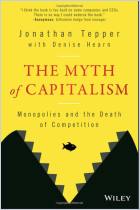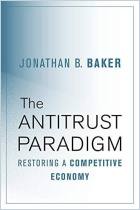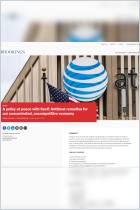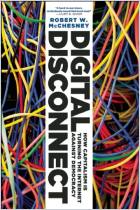One stereotype associated with the United States is that it’s the land of free markets and competition, where entrepreneurialism, deal making and hard work benefit consumers. But according to professor Thomas Philippon in this critical assessment of the American economy, that’s no longer true. He points to big mergers, effective lobbying and a lack of new entrants as quietly but steadily increasing company profits while harming consumers. Readers will appreciate that Philippon challenges preconceptions and defies partisan pigeon-holing in describing America’s new take on competition.
The United States once led the world in achieving competitive, efficient markets through deregulation and antitrust actions.
From the 1970s through the 1990s, the United States put the best economic theories regarding competitive markets into real actions and policies. It offered an example to the world of how free markets lead to maximum consumer gains. Between 1978 and 1983, the US government deregulated airlines, road haulage, railways, electric power, natural gas and banking. AT&T split up in 1984, increasing competition, and deregulation continued in the telecommunications industry in 1996.
European citizens visiting America at that time would have been struck by the low prices and good value in these sectors, compared to their home countries. These reforms started before the Ronald Reagan administration took office and continued into the late 1990s, reflecting bipartisan support.
Europe learned critical lessons about competition and regulation from observing the United States.
To understand the European Union’s treatment of competition and market concentration issues...


















Comment on this summary or 开始讨论